

Welding TPO roofing is a specialized skill that requires precision and experience. TPO stands for thermoplastic olefin, which is a type of membrane used in flat roofs. It's lightweight, durable and cost-effective, making it an ideal choice for commercial buildings. To ensure the best results are achieved, it's essential to choose the right materials and follow best practices when welding together TPO roofing.
When it comes to welding TPO roofing, it is important to take the necessary precautions. To ensure a successful weld, start by preparing the surface of the TPO roofing. This may include removing any dirt or debris from the area, as well as smoothing out any bumps or irregularities. Once you have prepared the surface, use a clean cloth to wipe away any oils or other contaminants that may be present on the material.
Next, select a welding rod that is compatible with your TPO roofing material. It is important to use a rod that is specifically designed for welding TPO materials, as this will provide you with better results and fewer problems. Once you have selected the right rod, preheat the material before welding begins. This will help create a stronger bond between the two pieces of TPO roofing.

TPO roofing is a popular choice for commercial buildings due to its durability and affordability. However, when it comes to installing weld TPO roofing, there are several important elements that need to be taken into consideration in order to ensure the longevity of the roof. It is essential that you properly inspect the material used, ensuring it meets all necessary standards before installation.
The surface should also be cleaned and prepared before welding takes place. It's important to allow time for any volatile organic compounds on the surface to dissipate so no contamination occurs during welding or afterward. Additionally, proper ventilation must be present while welding takes place in order to prevent fumes from becoming trapped between surfaces or layers of insulation materials.
The most important factor with weld TPO roofing is selecting qualified professionals who are trained in this type of installation process.
When installing Weld TPO Roofing, it is important to ensure the membrane is properly sealed and that all fasteners are securely tightened. It is important to inspect the roof regularly for signs of wear and tear, and to take extra caution when walking on the roof to avoid puncturing the membrane. Additionally, be sure to select a quality adhesive and use it correctly when bonding seams and flashings. Finally, a professional contractor should always be consulted for advice on installation techniques, safety requirements, and long-term maintenance of the roof.
When installing Weld TPO Roofing, it is important to ensure that all safety protocols are followed. This includes wearing protective clothing and eyewear, as well as following the manufacturer's instructions for the application of the roofing material. Additionally, it is important to inspect the area prior to beginning installation and to regularly check for signs of wear or damage during and after installation. Finally, proper ventilation must be taken into consideration when installing Weld TPO Roofing.
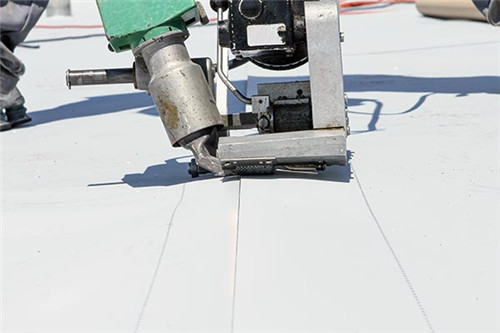
Weld TPO roofing is an increasingly popular choice when it comes to commercial and residential roofing options. It offers a variety of advantages that make it a preferred material for many projects.
1.TPO stands for thermoplastic polyolefin, a type of single-ply membrane that is made from synthetic rubber compounds. The combination of these materials makes for an incredibly reliable and resilient roofing system. This material is also highly reflective, which helps reduce energy costs associated with cooling the building in hot climates. Additionally, TPO systems are resistant to punctures, tears and other types of damage caused by severe weather or heavy foot traffic on the roof's surface. The welded seams used on Weld TPO roofs create an effective waterproof barrier that helps prevent water infiltration into the building's interior walls and ceilings.
2.Weld TPO roofing offers many advantages for any property owner. It is a highly durable material that can withstand extreme weather conditions and provide long-lasting protection. It also resists cracking, fading, and other forms of damage due to its strong welded seams. Additionally, it is easy to install, requires minimal maintenance, and is lightweight yet strong. Weld TPO roofing is an excellent choice for any property owner looking for a reliable and long-term solution to their roofing needs.
3.Weld TPO roofing offers many advantages for the customer. It is highly durable, energy efficient, and cost-effective. It also provides superior protection against weathering and ultraviolet rays, making it a great choice for all types of climates. The installation process is simple and quick, making it a great option for both residential and commercial buildings. The material is lightweight and easy to handle, making it easier to install than other types of roofing materials. Additionally, Weld TPO roofing has a low environmental impact, as it is made from recycled materials.
4.Weld TPO roofing offers many advantages over other types of roofing materials. It is highly resistant to heat, cold, and UV radiation, making it an ideal choice for harsh climates. Additionally, it can be installed quickly and easily with minimal disruption to your daily activities. The material also has excellent fire resistance and is less prone to cracking, making it a great choice for long-term durability. Finally, Weld TPO roofing is environmentally friendly, as it contains fewer VOCs (Volatile Organic Compounds) than traditional roofing materials.
Weld TPO Roofing is a reliable and durable material for commercial roofs. It offers superior protection from the elements, low maintenance costs, and strong performance in extreme temperatures. But what temperature does Weld TPO Roofing need to be installed correctly?
The installation of Weld TPO Roofing requires that the temperature must remain above 40 degrees Fahrenheit during installation and for at least 48 hours after installation. This ensures that any adhesive used will properly bond to the roof surface. During this time, it's important that temperatures don't exceed 85 degrees Fahrenheit as this can cause warping or shrinkage of the TPO membrane which could lead to gaps or other issues in the roof system. Additionally, it's important to note that Weld TPO Roofing should not be installed when temperatures are below 20 degrees Fahrenheit due to a lack of flexibility in cold weather conditions.
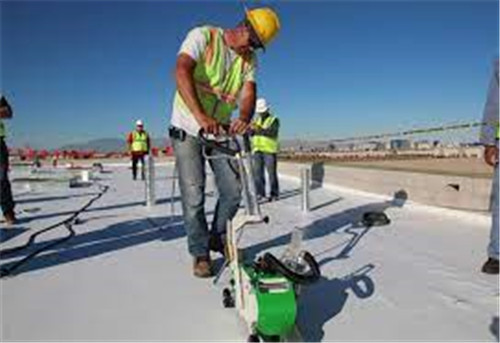
Shandong Shenghang Technology Co., Ltd. takes scientific and technological R & D as the guide and is committed to the R & D, production, sales and service of environmental protection and energy-saving products. From 1992, we began to develop and produce high- in China, please contact us now. We provide professional products and first-class service.
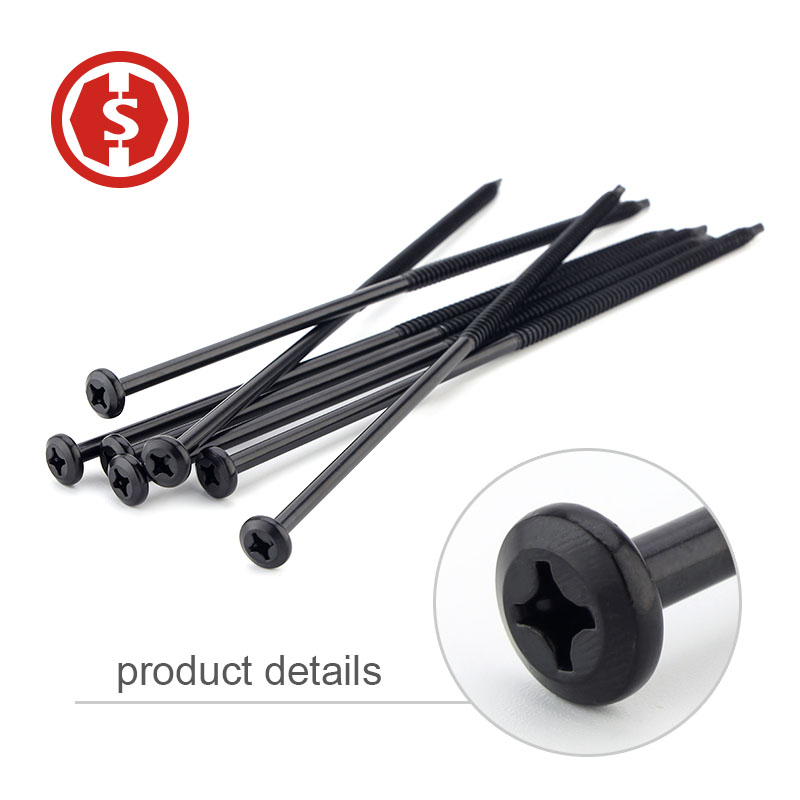

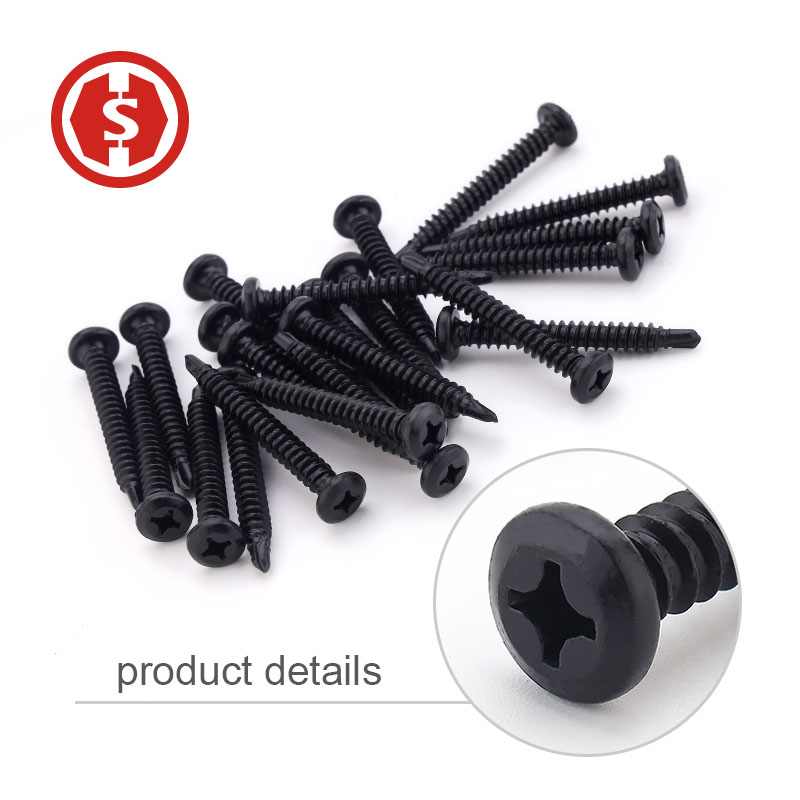
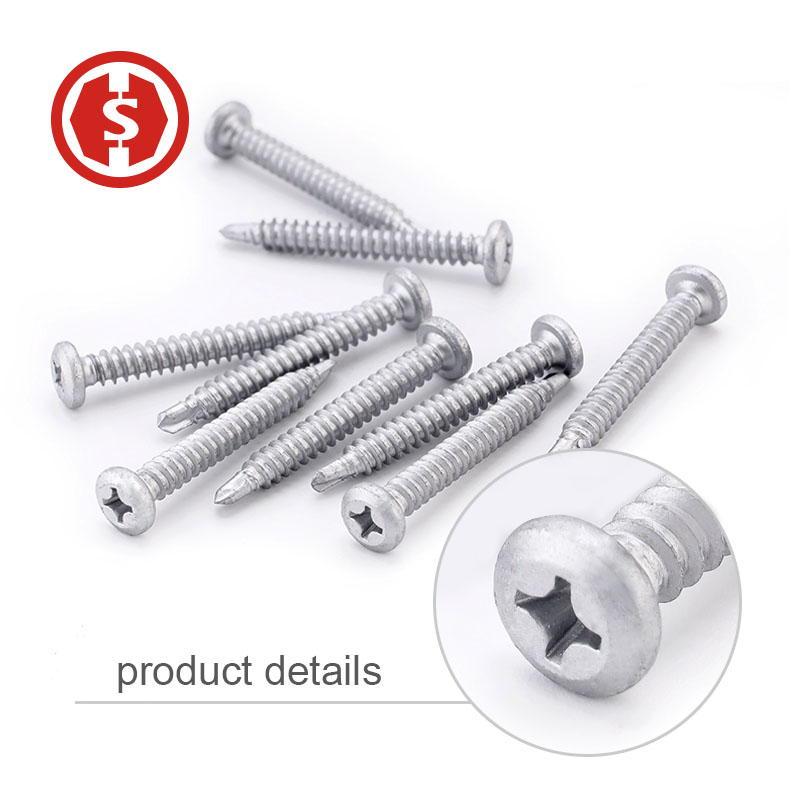
Factors to consider for the waterproofing membrane application
2022-03-09Excellent screw supplier
2022-03-03What is TPO waterproof membrane
2021-12-14
Tel: + 0086 15076176199 + 0086 311-87880324
No.3 Mingdu International Building,
Economic and Technological Development
Zone, Linyi
Shandong China
Shandong Shenghang TECHNOLOGY CO.,Ltd